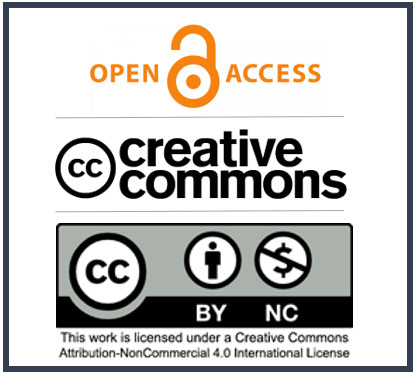Assessment of Pain Scales Used in Endodontic Postoperative Pain Evaluation: Frequency, Advantages, and Limitations
DOI:
https://doi.org/10.5281/zenodo.14947995Keywords:
: Endodontic postoperative pain, Pain assessment scales, Visual Analog Scale, Numeric Rating ScaleAbstract
Background: Postoperative pain is a critical outcome in endodontic research and clinical practice, directly impacting patient satisfaction and treatment success. Various pain assessment tools, such as the Visual Analog Scale (VAS) and Numeric Rating Scale (NRS), are employed to quantify and evaluate pain. This study aimed to analyze the frequency of use of different pain assessment tools in endodontic postoperative pain research across different databases.
Methods: A bibliometric analysis was performed using PubMed, Web of Science, and Scopus. The search strategy included commonly used pain scales: VAS, NRS, Heft-Parker Visual Analog Scale, Verbal Rating Scale, Faces Pain Scale, Short-Form McGill Pain Questionnaire, and Brief Pain Inventory. The results were synthesized to determine the prevalence of these scales in published research.
Results: VAS was the most frequently used tool, with 571 studies in PubMed (75.4%), 581 in Scopus (77.8%), and 346 in Web of Science (74.1%). The NRS followed, with 65 (8.6%), 71 (9.5%), and 51 (10.9%) studies, respectively. Other scales, such as the Heft-Parker Visual Analog Scale, Verbal Rating Scale, and Faces Pain Scale, were used less frequently. Comprehensive tools like the Short-Form McGill Pain Questionnaire and Brief Pain Inventory had minimal representation.
Conclusion: VAS and NRS dominate endodontic postoperative pain research, reflecting their ease of use and widespread acceptance. Less commonly used tools, while valuable in specific contexts, are underrepresented. Future research should explore the reasons for this disparity and assess the potential of hybrid tools to standardize pain evaluation practices.

Downloads
Published
How to Cite
Issue
Section
License
Copyright (c) 2025 Fatma Pertek Hatipoğlu

This work is licensed under a Creative Commons Attribution-NonCommercial 4.0 International License.
CC Attribution-NonCommercial 4.0








